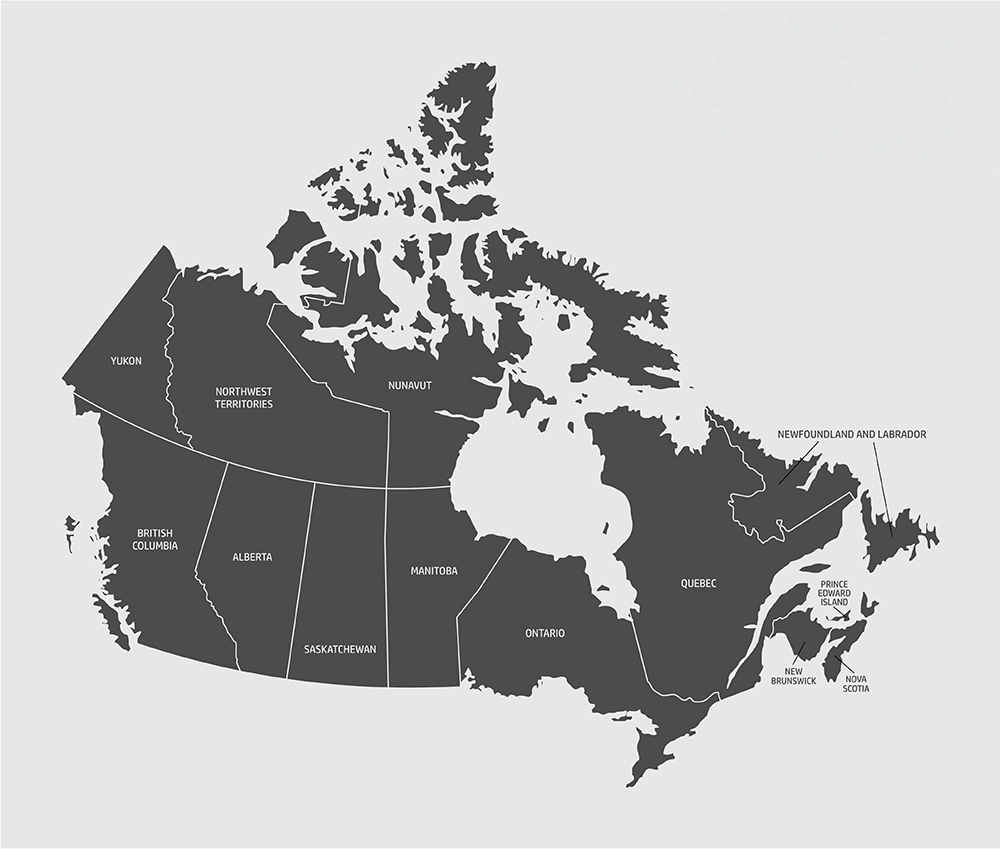
Unbeknownst to the majority of the population, between provinces there are a significant number of trade barriers to doing business. An interprovincial trade barrier refers to any government rule or regulations that limit, restrict or add costs to do business across provincial borders. Technically, they aren’t tariffs, just regulatory hoops and competing standards that companies have to deal with in order to flow products from one province to the other. Any added costs to deal with these regulations are passed on to you – the consumer. These barriers, and the excessive paperwork that comes with them have been imposed over many years by different provincial leaders in the mindset of doing what is right for their respective provinces.
Shockingly, these barriers exist in almost every industry and in all provinces. Some products are categorized for tax purposes, some for certain product ingredients and others for health and safety standards. For example:
Alcohol – with the exception of Manitoba, companies are not permitted to transport alcoholic beverages across all provincial borders, either in-person or via direct shipping to the consumer. That means if you live in Ottawa and cross into Quebec to buy cheaper beer, you are technically breaking the law. It also means that prices are raised in certain provinces and limited variety of products is available to the consumer. Buying B.C. wine in the LCBO will cost you more due to Ontario’s liquor board markups (which can be up to 72%) than buying Ontario wine. This stems from a fear of Ontario losing their competitive edge and essential penalizing BC for wanting to sell their wine in Ontario. Interprovincial trade barriers also greatly impact local small wineries, breweries or distilleries from growing their business and attracting sales across the entire country.
Vehicle Weight Standards and Regulations – affecting trucking of grain between Western provinces and the rest of Canada, affecting trucks hauling more than one trailer between Quebec and New Brunswick, tolls on ferries in PEI and Nova Scotia. Different rules and regulations cause delays in delivery and increased costs in fuel and labour, which ends up being passed to the consumer on the goods the trucks are hauling.
Maple Syrup – the majority of maple syrup in Canada comes from Quebec, exporting it to other provinces with different health and safety, bottling regulations or taxes adds increased costs for consumers.
Labour Mobility – workers need to register with multiple worker’s compensation boards and have their credentials reviewed, and possibly updated or increased training to do the same job in different provinces.
This is not a new issue. Provinces have been dealing with these issues for decades. Discussions between provincial leaders have historically failed to solve these issues. Together all provinces, territories and the federal government signed the Canadian Free Trade Agreement in 2017, but there are still regulatory issues and restrictions impacting trade. There has never been a federal regulator to ensure that the rules are the same across the country. This is now coming back to bite us where it hurts – our wallets.
With the recent threat of increased tariffs looming over Canada’s head from US President Trump, provincial and federal leaders have been forced to take a hard look at where we can thrive and rely less on US goods and more reliant on our own country. Canadians seem unified in buying ‘Made in Canada’ products.
Financial Impact of Interprovincial Trade Barriers on Canada’s Economy
In July 2024, the CFIB released a report entitled “The State of Internal Trade: Canada’s Interprovincial Cooperation Report Card”, that said removing interprovincial barriers could boost the economy by up to $200 billion annually.
The Financial Post reports on January 30, 2025 that “In total, internal trade represents 18 per cent of Canada’s gross domestic product (GDP).” “A 2022 study by the Macdonald-Laurier Institute, based on research done by University of Calgary professor and economist Trevor Tombe, found that the country’s GDP is between 3.2 per cent and 7.3 per cent smaller because of internal trade costs.”
How do we solve this?
The Prime Minister and the premiers of all of the provinces met earlier this week to discuss ways of reducing or removing some of these barriers. On Friday, February 7th, 2025 Prime Minister Justin Trudeau announced that the government will host a Canada-US Economic Summit focused on easing internal trade barriers.
Maybe the time-out on our relationship with the US will turn out to be a positive thing for our internal relationships.